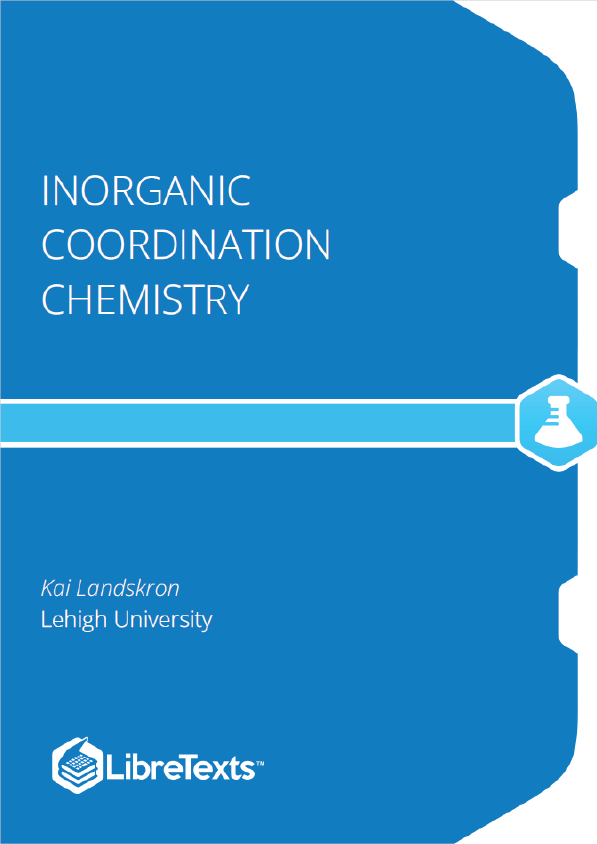The long-held belief that all materials consist of atoms was only proven recently, although elements, such as carbon, sulfur, iron, copper, silver, gold, mercury, lead, and tin, had long been regarded as being atom-like. Precisely what constituted an element was recognized as modern chemistry grew through the time of alchemy, and about 25 elements were known by the end of the 18th century. About 60 elements had been identified by the middle of the 19th century, and the periodicity of their properties had been observed.
The element technetium (Z = 43), which was missing in the periodic table, was synthesized by nuclear reaction of Mo in 1937, and the last undiscovered element promethium (Z = 61) was found in the fission products of uranium in 1947. Neptunium (Z = 93), an element of atomic number larger than uranium (Z = 92), was synthesized for the first time in 1940. There are 103 named elements. Although the existence of elements Z = 104-111 has been confirmed, they are not significant in inorganic chemistry as they are produced in insufficient quantity.
All trans-uranium elements are radioactive, and among the elements with atomic number smaller than Z = 92, technetium, prometium, and the elements after polonium are also radioactive. The half-lives (refer to Section 7.2) of polonium, astatine, radon, actinium, and protoactinium are very short. Considerable amounts of technetium Tc are obtained from fission products. Since it is a radioactive element, handling Tc is problematic, as it is for other radioactive isotopes, and their general chemistry is much less developed than those of manganese and rhenium in the same group. Atoms are equivalent to alphabets in languages, and all materials are made of a combination of elements, just as sentences are written using only 26 letters.
Wave functions of electrons in an atom are called atomic orbitals. An atomic orbital is expressed using three quantum numbers; the principal quantum number, n; the azimuthal quantum number, l; and the magnetic quantum number, m . For a principal quantum number n, there are n azimuthal quantum numbers l ranging from 0 to n-1, and each corresponds to the following orbitals.
An atomic orbital is expressed by the combination of n and l. For example, n is 3 and l is 2 for a 3d orbital. There are 2l+1 m values, namely l, l-1, l-2,…, -l. Consequently there are one s orbital, three p orbitals, five d orbitals and seven f orbitals. The three aforementioned quantum numbers are used to express the distribution of the electrons in hydrogen-type atom, and another quantum number m (1/2, -1/2) which describes the direction of an electron spin is necessary to completely describe an electronic state. Therefore, an electronic state is defined by four quantum numbers (n, l, m , m ). T
he wave function which determines the orbital shape can be expressed as the product of a radial wavefunction R and an angular wave function Y as follows.
R is a function of distance from the nucleus, and Y expresses the angular component of the orbital. Orbital shapes are shown in Figure . Since the probability of the electron’s existence is proportional to the square of the wave function, an electron density map resembles that of a wave function. The following conditions must be satisfied when each orbital is filled with electrons.











